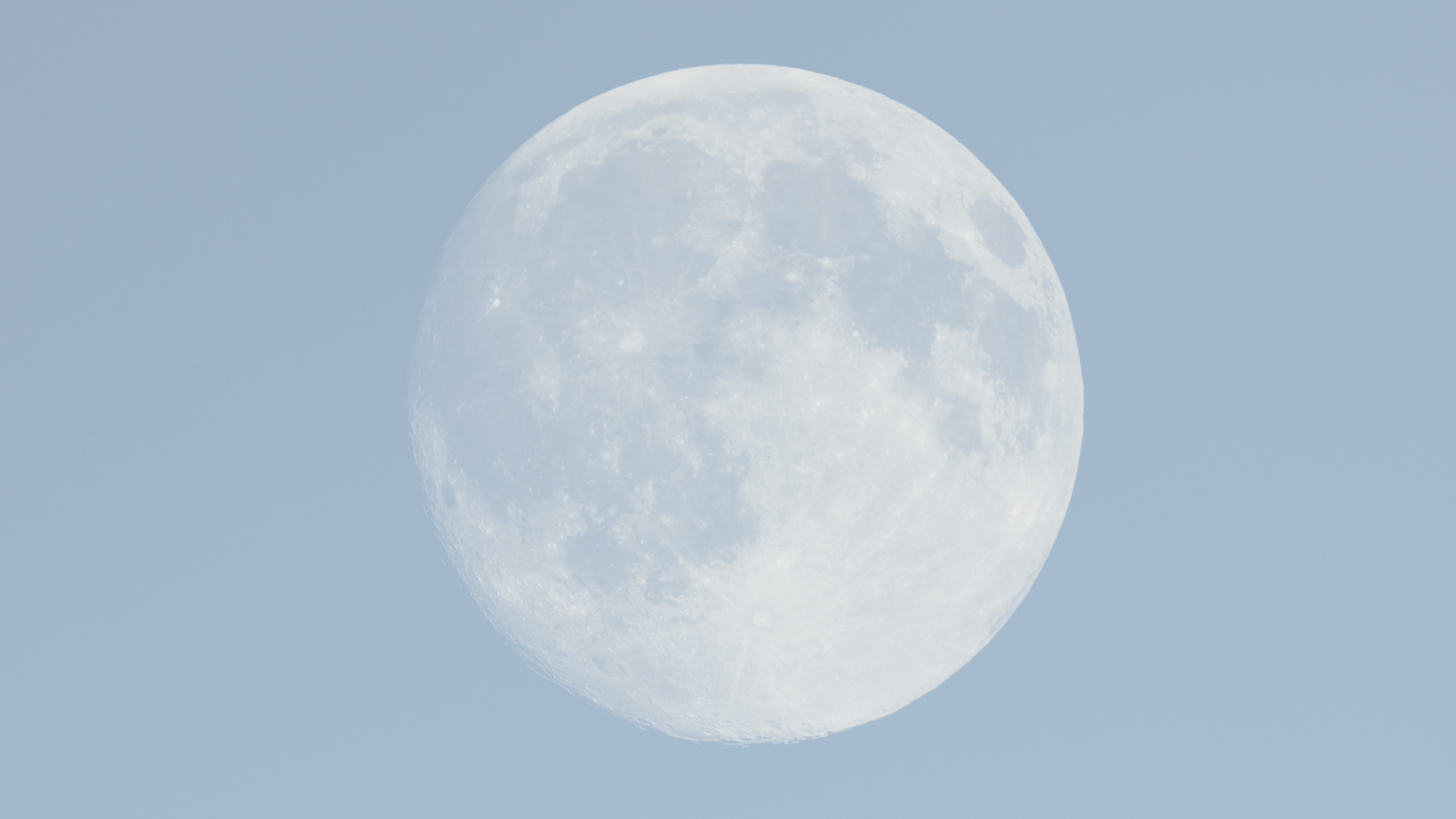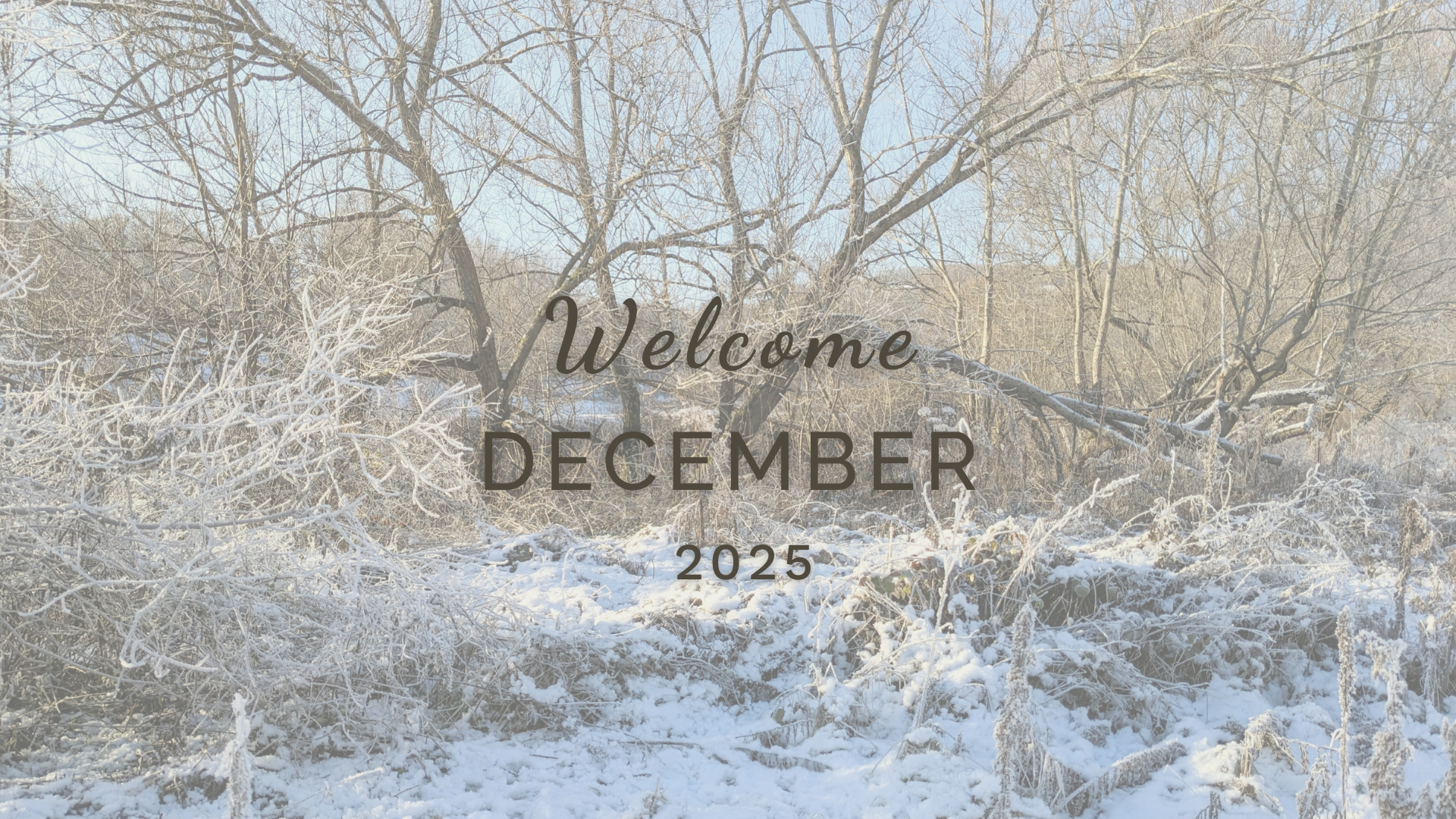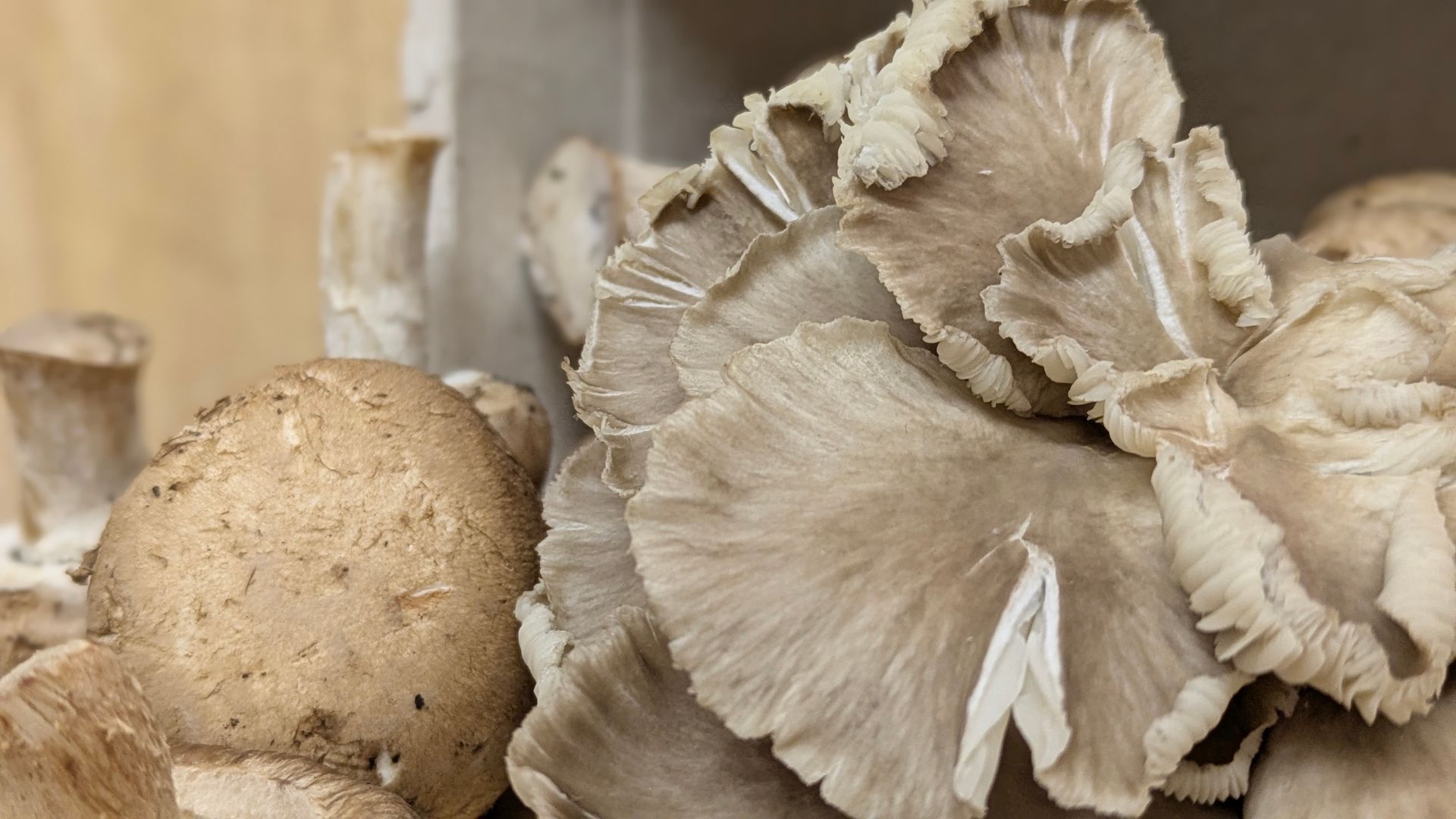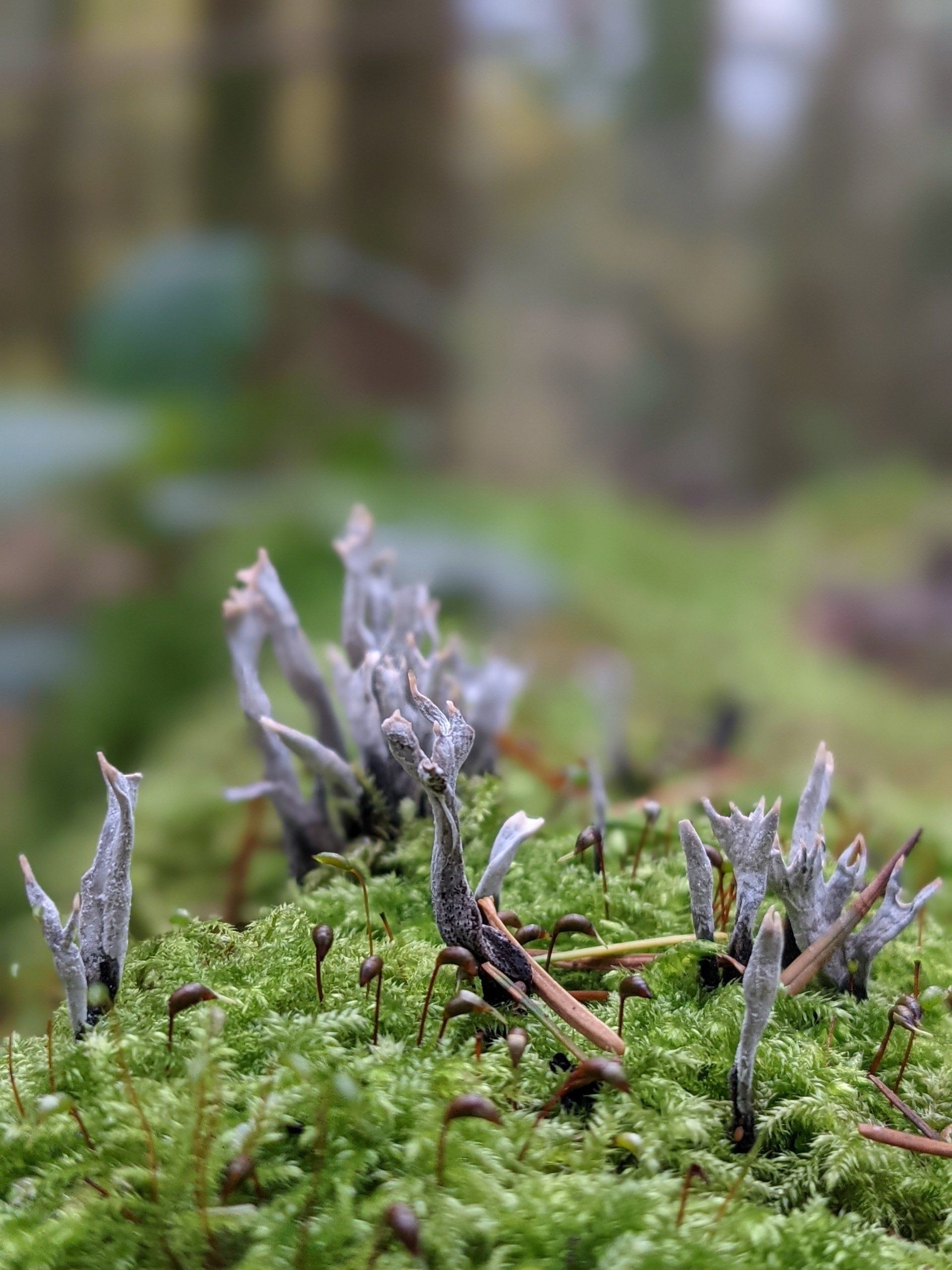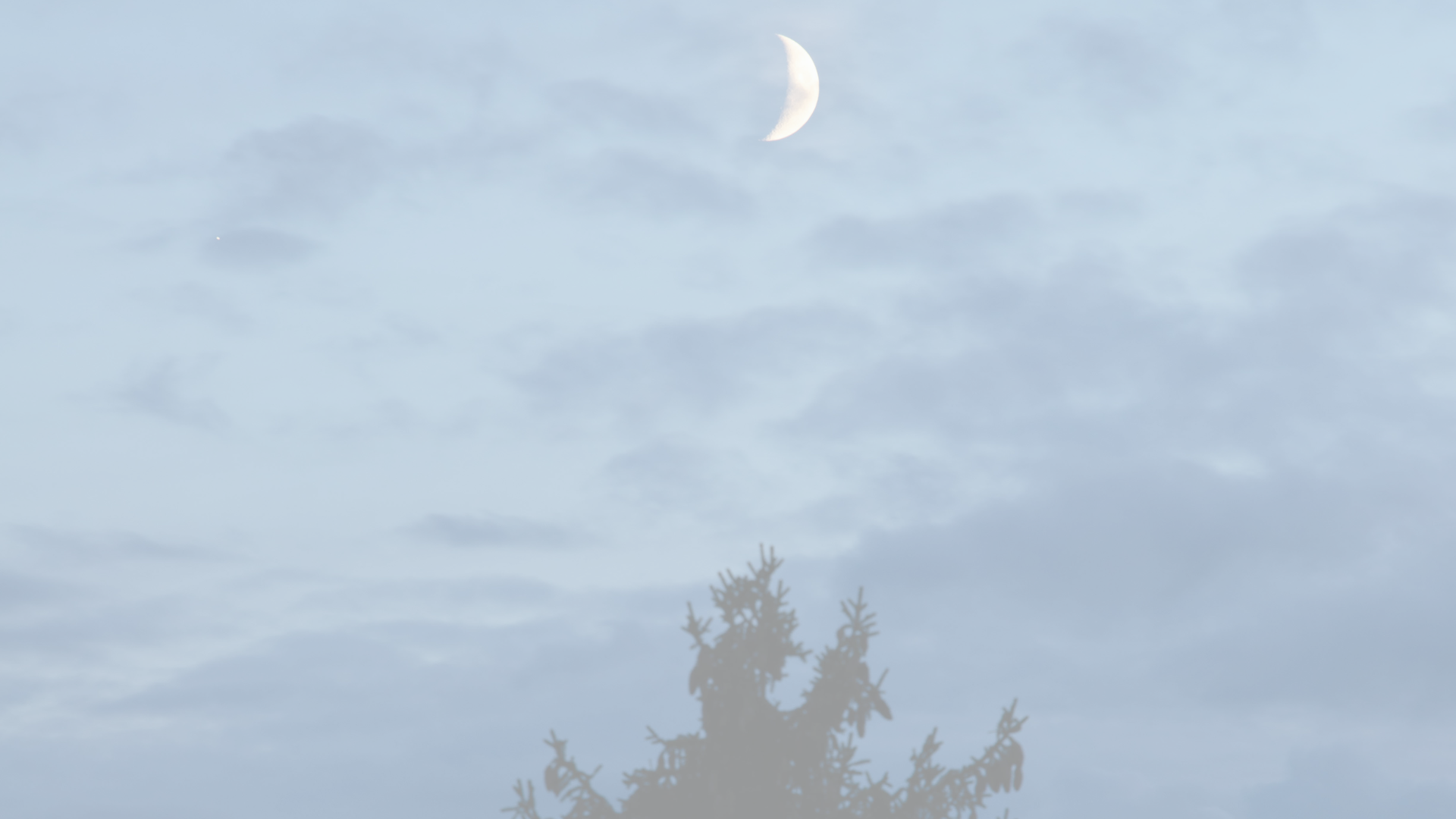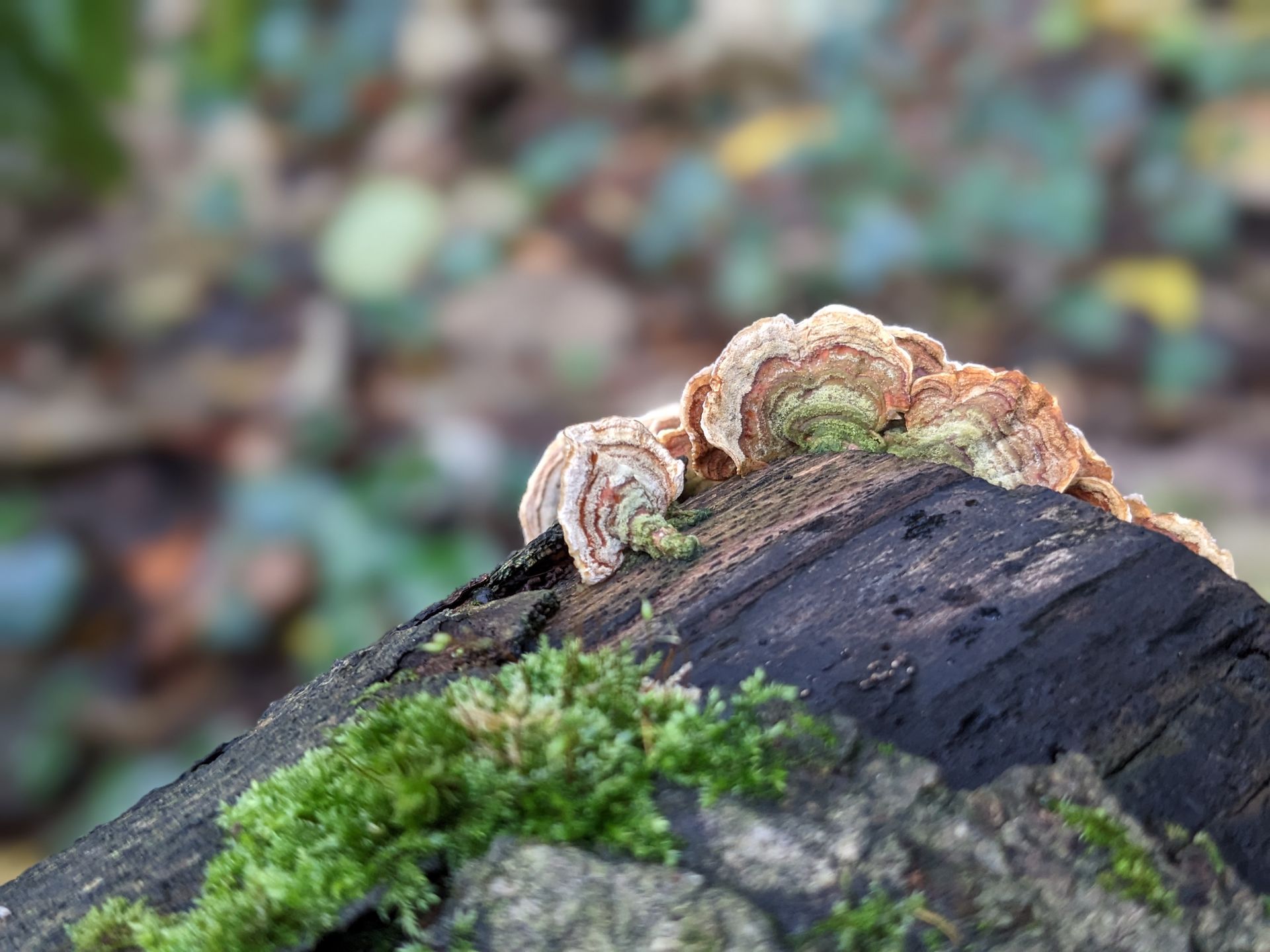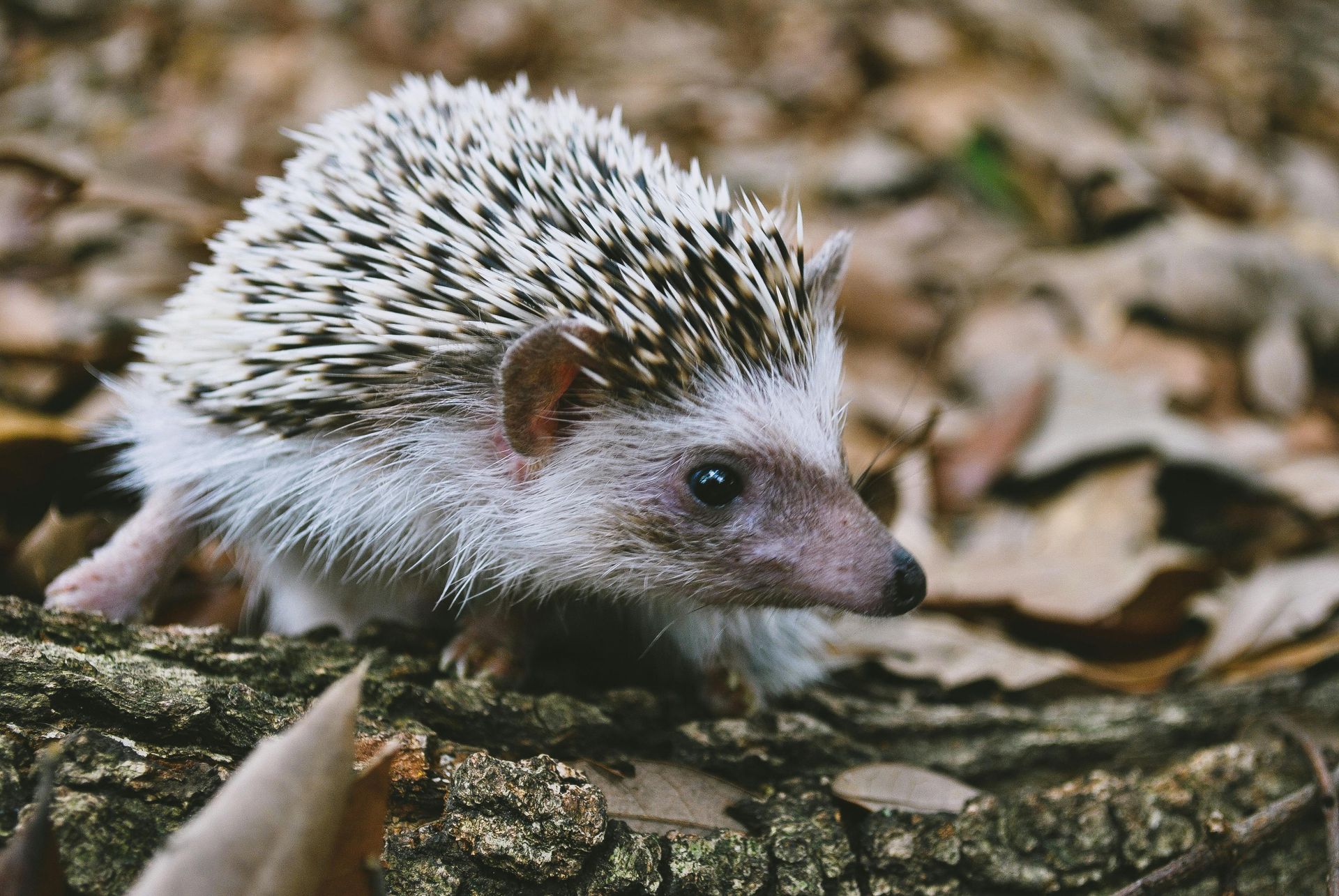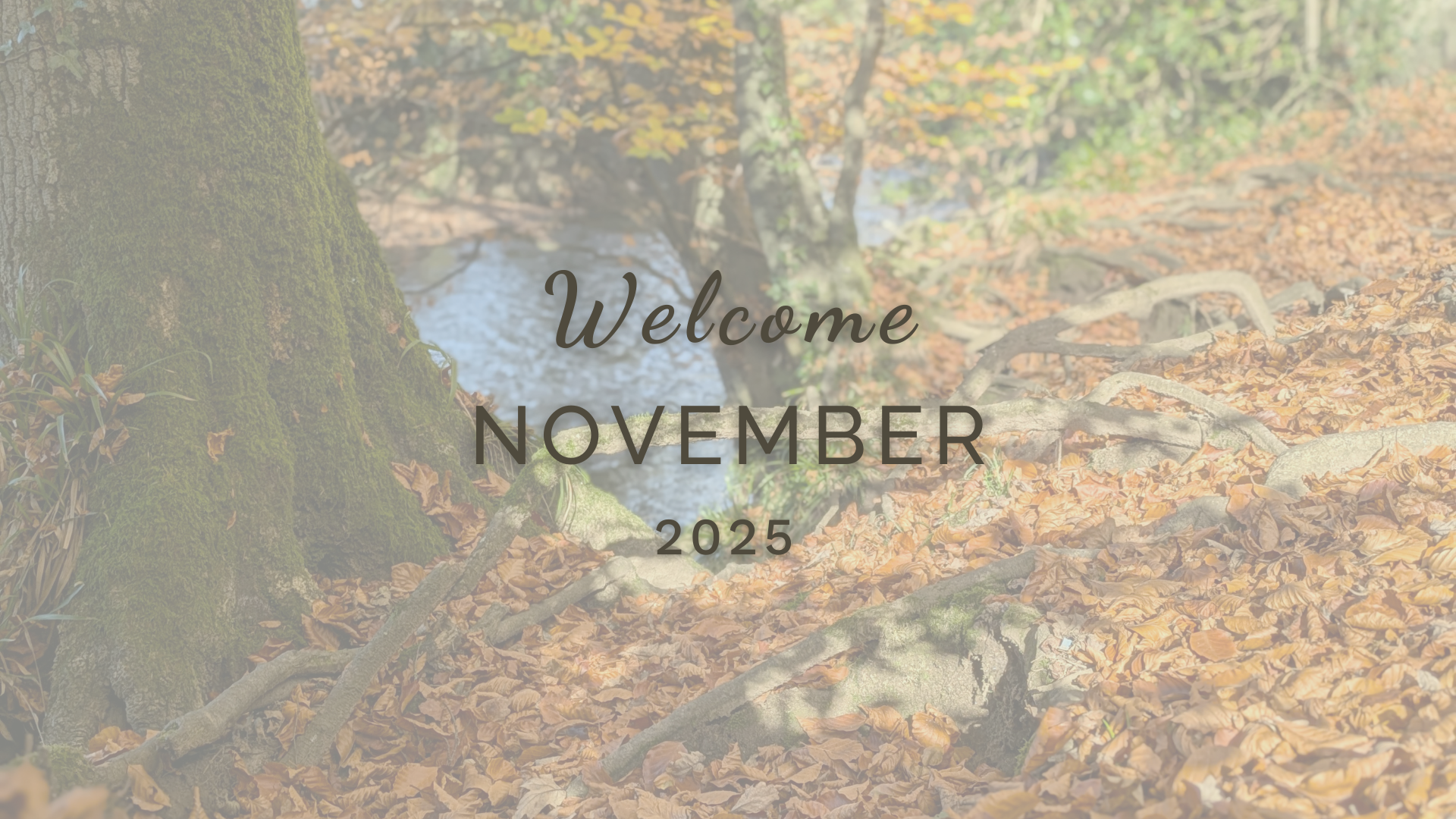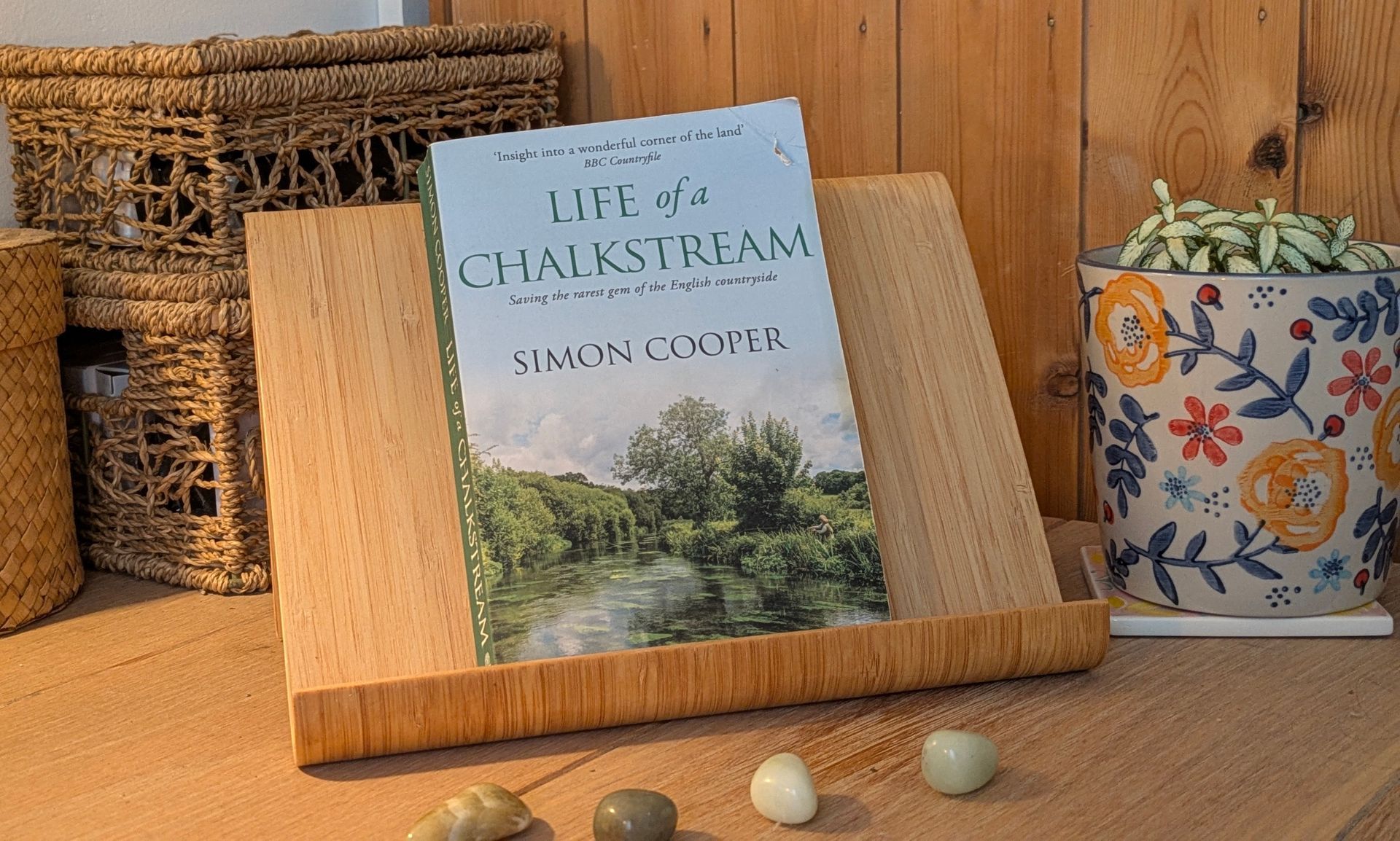Welcome June (Almanac 2025)
Seasonal dates and inspiration for things to see and do in Nature in June
WELCOME JUNE
June is a special month as it marks the beginning of the Summer Season when Mother Nature bursts in the warmth of the Sun as all manner of flora come into full fruition with gifts of flowers, early fruits and abundance in our gardens, hedgerows, fields, woodlands and wild places.
As the Sun rises to its most highest point in the sky, we can enjoy the sunshine for 16 hours of the day. Be sure to make the most of feeling the light and warmth on your skin. This is critical for your body to produce (and store) vitimin D using stored cholesterol which is not a generally known fact of life. Be careful not to burn and avoid mass-produce sunscreens as much as possible as they are very often full of harmful trace chemicals that enter your bloodstream directly through your skin. It's much better to sit in the shade, moisten with organic natural oils or lightly cover yourself if in the direct Sun.
One of my favourite things to do in June, is to walk through the woods to enjoy the cooling shade as sunlight filters through showers of green leaves creating beautiful canopies of dappled light. Bright green Birch leaves are stunning with their silky soft downy edges sparkling in the light. Other leafy favourites dance at the slightest hint of a breeze, bringing freshness and cheer to every woodland scene.
Good places to find wildflowers, herbs, ferns and Nature's pollinators are hedgerows, riverbanks, field edges, forests, moorland and heathland. Look out for clusters of cream flower buds draping over walls or hanging down from above. Gather Elderflowers for making herbal teas and cordials. Often entwined with Honeysuckle with its golden, cream, yellow and ruby-red tinged petals emerging in floral swirls, Tall thistles brighten fields with bursts of magnificent purple flowers which are big enough for the Bees to dive in to enjoy its delicious nectar.
In the middle of the month of June, the Summer Solstice falls on the longest day of the year (see below). Make sure Midsummer is a joyous time with lots of time spent outdoors. This glorious event has been celebrated for thousands of years by Pagas who used to light bonfires and dance on Midsummer’s Eve with thankful prayers for Mother Nature's abundance - as pronounced by the Druids. Customs included bonfire-jumping where the highest jump was believed to predict the height of the coming year’s crop.
A poem - Welcome June - speaks of a precious time of growth leading up up to the Summer Solstice on the longest day and shortest night of the year when the Sun shines down from the highest point in the sky. It speaks of the daughter of Saturn, revered for her unwavering loyalty and her message for us to strengthen our relationships and partnerships with understanding, support, deep love, romance and intimacy.
This month's Almanac contains key dates and seasonal events to note for the month so that you can stay in sync with Nature's natural cycles with suggestions for ways to benefit from the natural world around you.
Moon Phases
- Wednesday 11 June - FULL STRAWBERRY MOON in Sagittarius
- Wednesday 25 June - NEW BUCK MOON in Cancer
Summer Solstice
- Saturday 21 June - the Sun at its highest position in the sky - Summer begins
Sunrise and sunset (Devon, British Isles)
- Sunday 1 June - Sunrise (5.07am) - Sunset (9.19pm)
- Monday 30 June - Sunrise (5.05am) - Sunset (9.31pm)
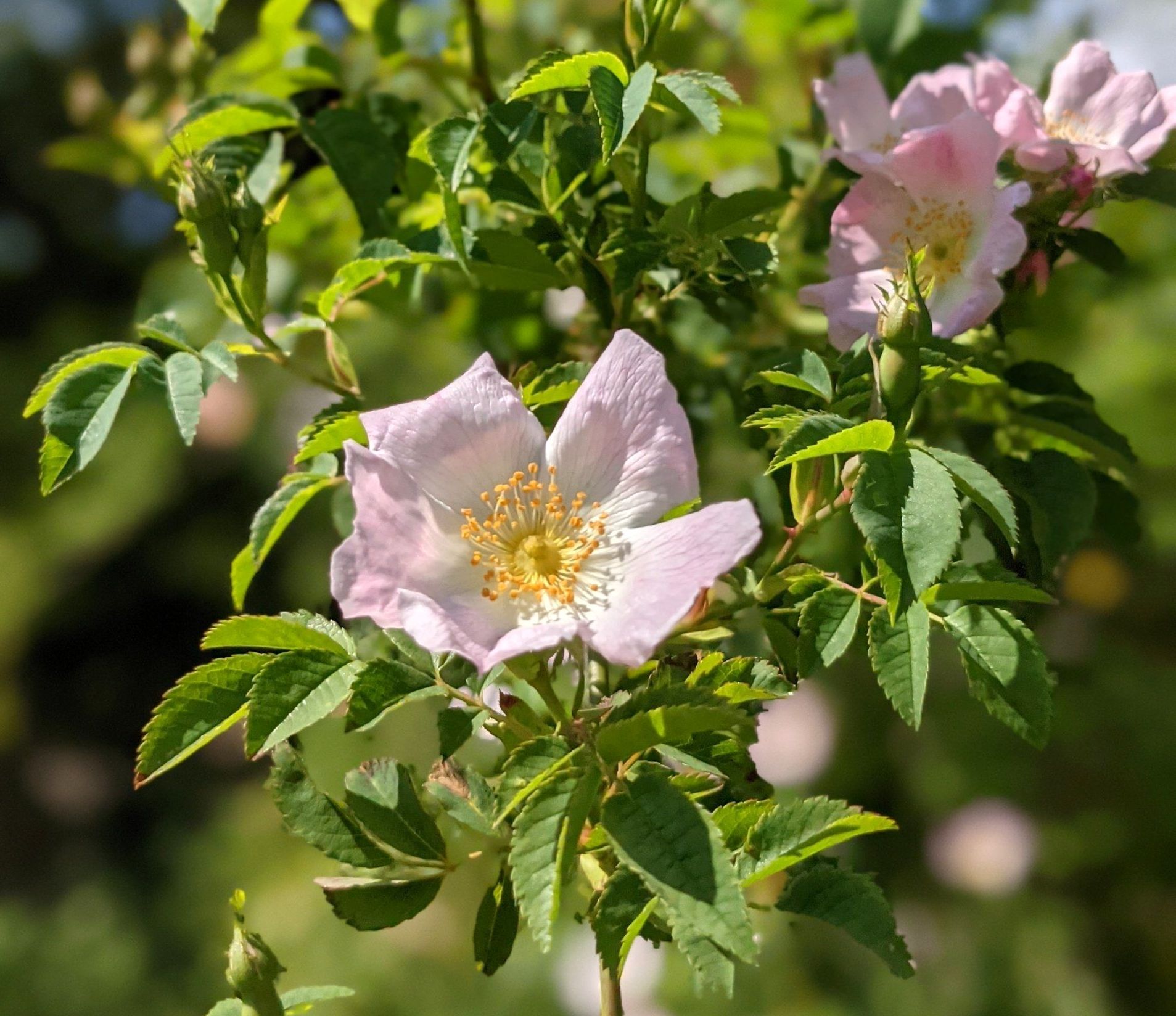
THINGS TO DO IN THE GARDEN
There is always something to do in the garden at any time of year and get ready for the blossoming of Summer as the days unfold. This is the perfect time to enjoy the fruits of your labour in the garden so make sure to spend plenty of time relaxing, pottering and eating wild fruits in you haven of happiness.
Sowing - Plant out seedlings and young plants that grow above ground.
Flower Planting - Direct sow seeds now to bloom in late summer such as Calendula, Candytuft and Nigella. Plant Nasturtiums which germinate easily and grow quickly with edible flowers. Last call to plant Sunflowers from seeds.
Vegetable Planting - French and runner beans, peas, squash, sweetcorn, tomatoes and outdoor cucumbers can be planted directly into prepared beds outside.
Potato Earthing - Now is the time to earth-up potatoes by drawing up soil around the stems as they grow to ensure the developing potatoes aren't exposed to light, which turns them green and inedible.
Plant Protection - Keep an eye out for pests and larvae, cover susceptible vegetables and fruits with environmentally friendly netting or root collars.
Dead Heading & Pruning - Keep on top of unwanted weeds by gently hoeing regularly in dry conditions to loosen the roots leaving any unwanted weeds to dry out in the heat of the sun.
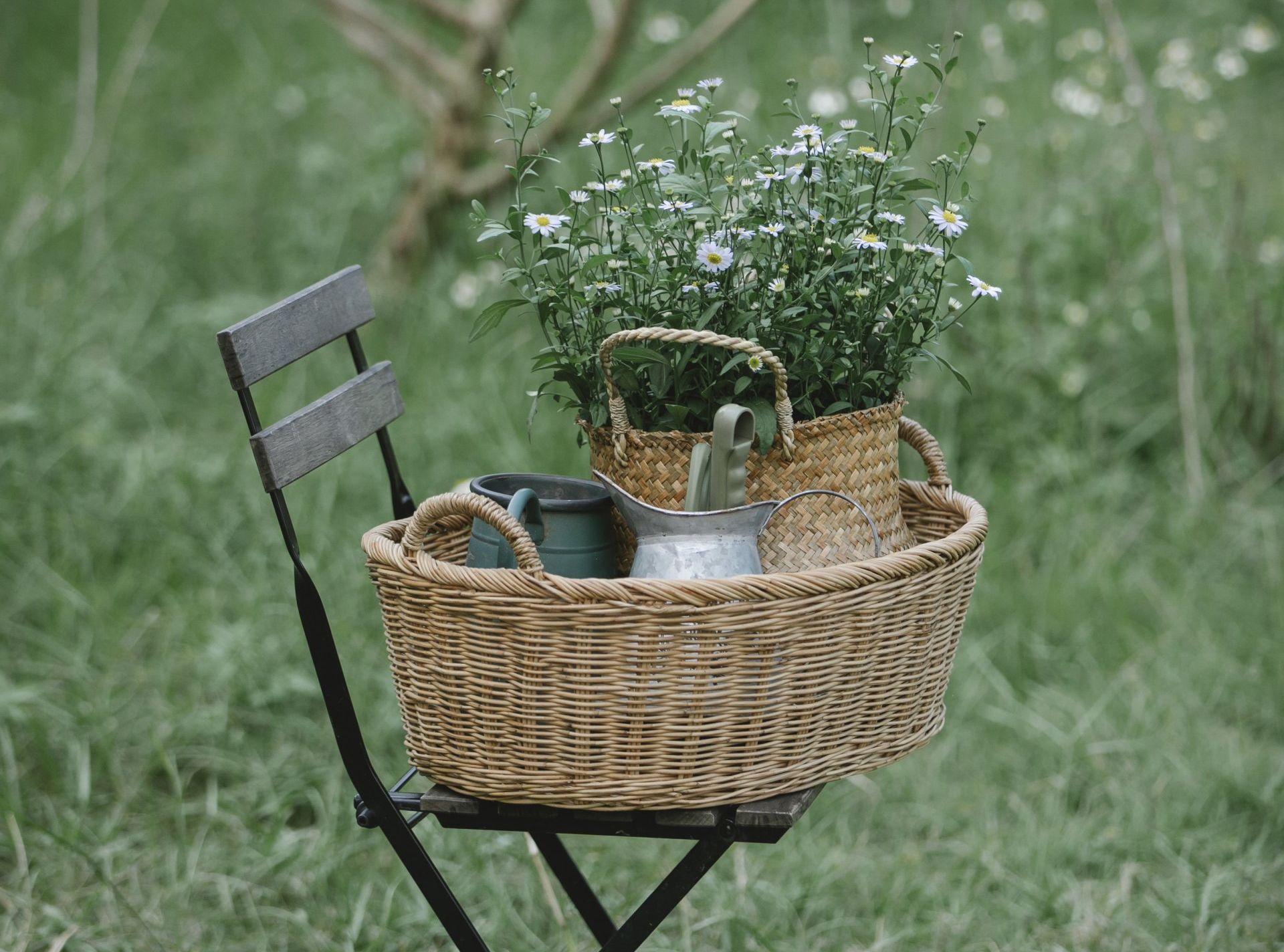
THINGS TO DO IN NATURE IN JUNE
Make a wildflower bouquet
The best time to collect wildflowers is in the early morning when their stems are fully filled with water. It is also cooler at this time when picking during warm and sunny conditions may leave plants water-stressed.
Most flowers are best picked when they are just starting to show colour. Those in full bloom will go over more quickly. However, the flowers of some plants such as Roses and Dahlias, may not fully develop if picked as a tight bud.
Place the stems straight into a bucket of water or as soon as possible after cutting. Arrange as required in a large glass vase, tall coloured bottle or rustic container for a natural authentic effect.
Best wildflowers to include in a bouquet include:
- Honeysuckle
- Lavender
- Wild iris
- Cornflower
- Midsummer orchid
- Lily of the valley
- Bluebells
- Oxeye Daisier
- Poppies
- Forget-Me-Nots
Enjoy eating outside al fresco
The English definition of al fresco is to be: done or eaten in the open air. In Italian, it means in the chill or in the cool. Despite this difference in meaning, the purpose is the same - to enjoy an outdoor meal in the fresh air under a blue sky as you relax with friends and family in a natural environment - whether that's in your own garden or somewhere more secluded and wild.
There are many proven health benefits for dining outside in Nature. Eating breakfast or lunch outdoors helps to restore vitality and remove lingering fatigue. Eating supper outside helps to ease your body and mind into a state of rest and watching the orange/red glow of a sunset is extremely good for us.
When we absorb Nature's natural parting glow of deep red sunset, this helps our body to create melatonin to regulate our sleep and shift the body's natural circadian rhythm towards night time.
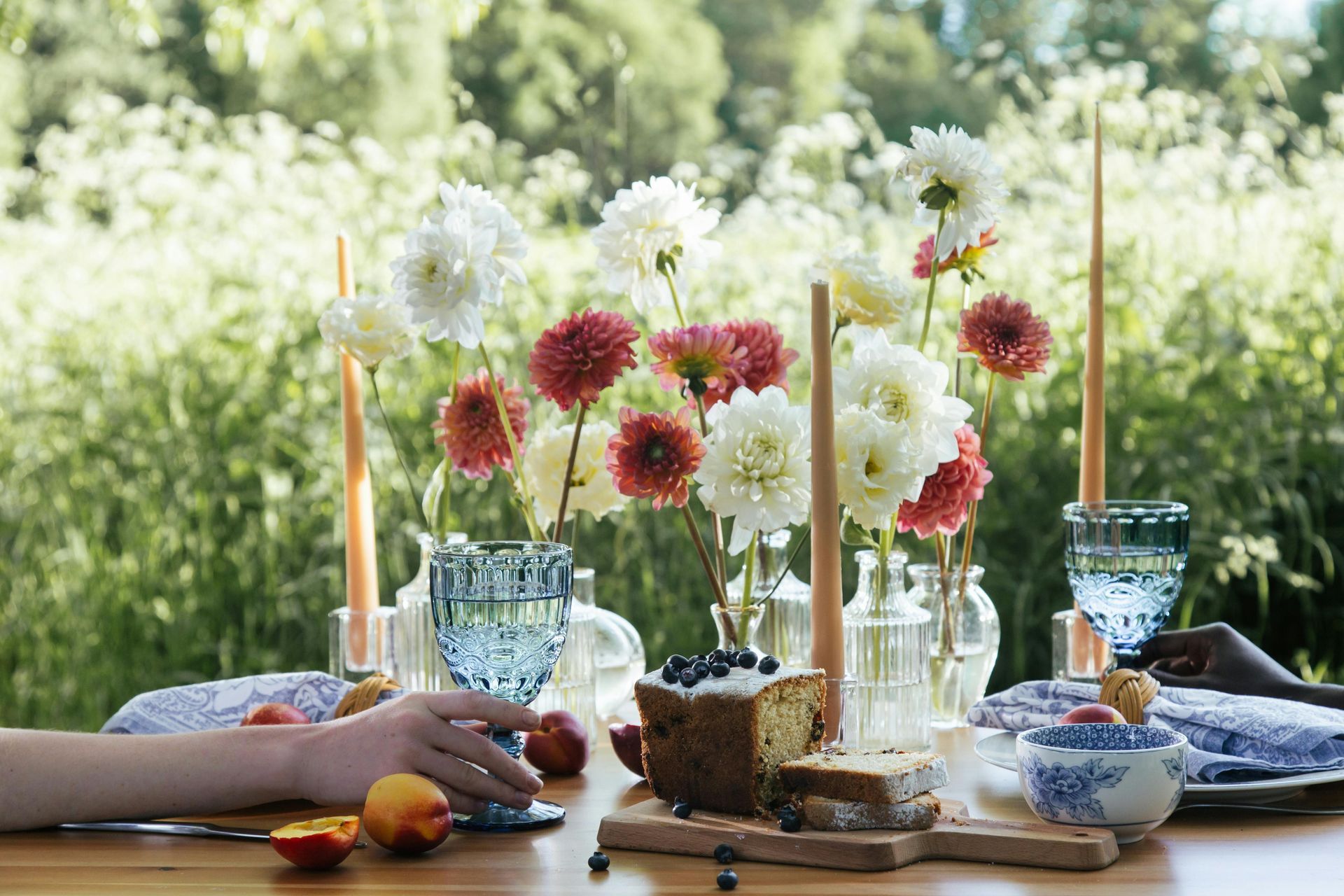
I hope you enjoy making the most of Nature through June for your good health, happiness and wellbeing, and look forward to seeing you here for the next Almanac on 1 July 2025.
Sue Cartwright
Spiral Leaf
Buy a book!
Books with seasonal information presented for each month of the year are available from the Spiral Leaf bookshop using the links below.
The Almanac - A Seasonal Guide to 2025 by Lia Leendertz
The Leaping Hare Nature Almanac by Raluca Spatacean
The Forager's Calendar: A Seasonal Guide to Nature’s Wild Harvests by John Wright
Wild Hares and Hummingbirds by Stephen Moss
The Running Hare by John Lewis-Stempel
The Leaping Hare by George Ewart Evans and David Thomson
Meadowland - The Private Life of an English Field by John Lewis-Stempel
Spiral Leaf may earn a small commission on books sold using the above links in support of independent book sellers and bookshops at no extra cost to you!
Thank you for sharing!
for you, for me and for Mother Nature
Latest Posts
All Posts


